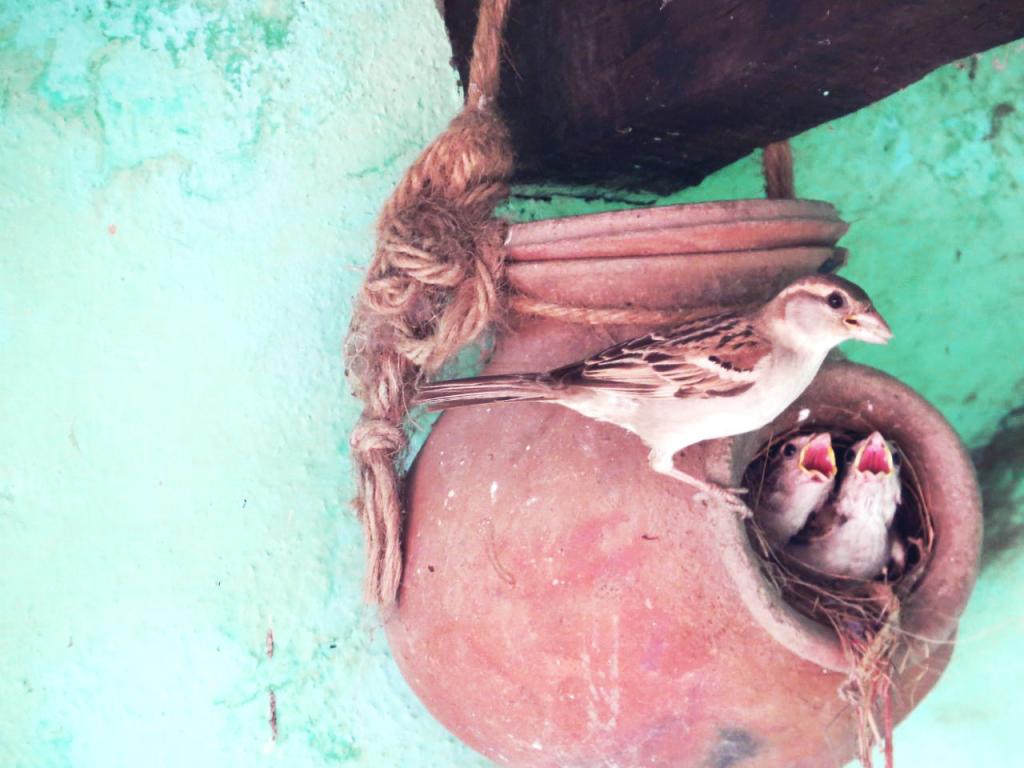The concerted efforts of animal and bird enthusiasts in Odisha’s Ganjam district have yielded remarkable results, with the house sparrow population soaring to over 70,000 in just 17 years. The Rushikulya Sea Turtle Protection Committee (RSTPC), previously focused on safeguarding Olive Ridleys, shifted its attention to the declining house sparrow population, locally known as “Ghara Chatia.” Beginning with the protection of seven sparrows in 2007, the committee has since expanded its network across 18 districts, preserving over 70,000 sparrows.
Spearheaded by 52-year-old Rabindranath Sahu and supported by 56 volunteers, the initiative involves providing specially designed earthen pots and wooden boxes as nesting sites, along with feeder boxes and eco-friendly water containers. Despite initial skepticism, the project has gained overwhelming public support, with a focus on involving school children in the conservation effort. Encroachment of green spaces, pesticide use, pollution, and radiation from cell towers are cited as factors contributing to the decline in sparrow populations. Sahu emphasizes the importance of protecting sparrows and underscores the need to engage communities, particularly school children, in this vital conservation mission.
The concerted efforts of animal and bird enthusiasts in Odisha’s Ganjam district have yielded remarkable results, with the house sparrow population soaring to over 70,000 in just 17 years. The Rushikulya Sea Turtle Protection Committee (RSTPC), previously focused on safeguarding Olive Ridleys, shifted its attention to the declining house sparrow population, locally known as “Ghara Chatia.” Beginning with the protection of seven sparrows in 2007, the committee has since expanded its network across 18 districts, preserving over 70,000 sparrows.
Spearheaded by 52-year-old Rabindranath Sahu and supported by 56 volunteers, the initiative involves providing specially designed earthen pots and wooden boxes as nesting sites, along with feeder boxes and eco-friendly water containers. Despite initial skepticism, the project has gained overwhelming public support, with a focus on involving school children in the conservation effort. Encroachment of green spaces, pesticide use, pollution, and radiation from cell towers are cited as factors contributing to the decline in sparrow populations. Sahu emphasizes the importance of protecting sparrows and underscores the need to engage communities, particularly school children, in this vital conservation mission.





